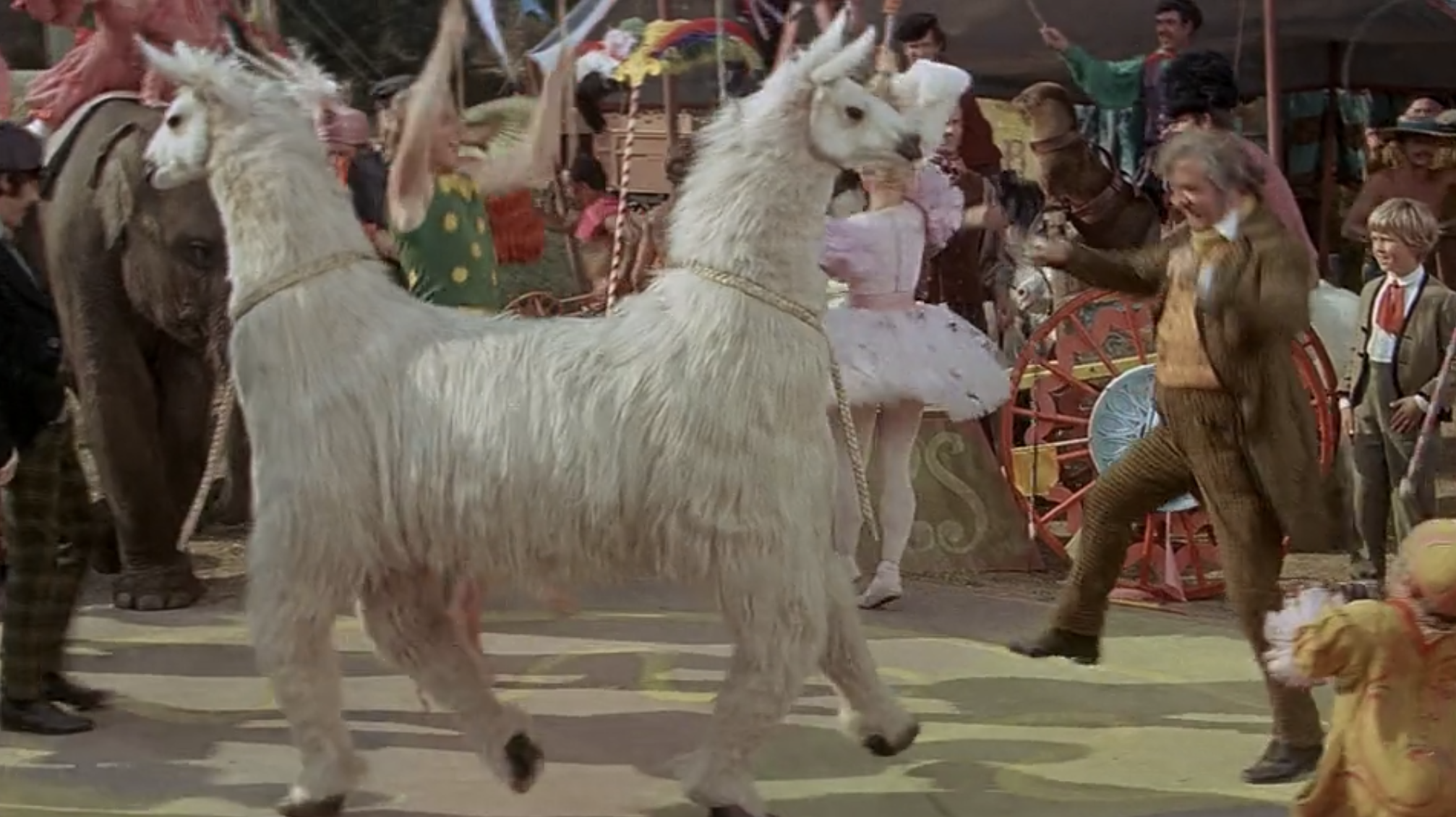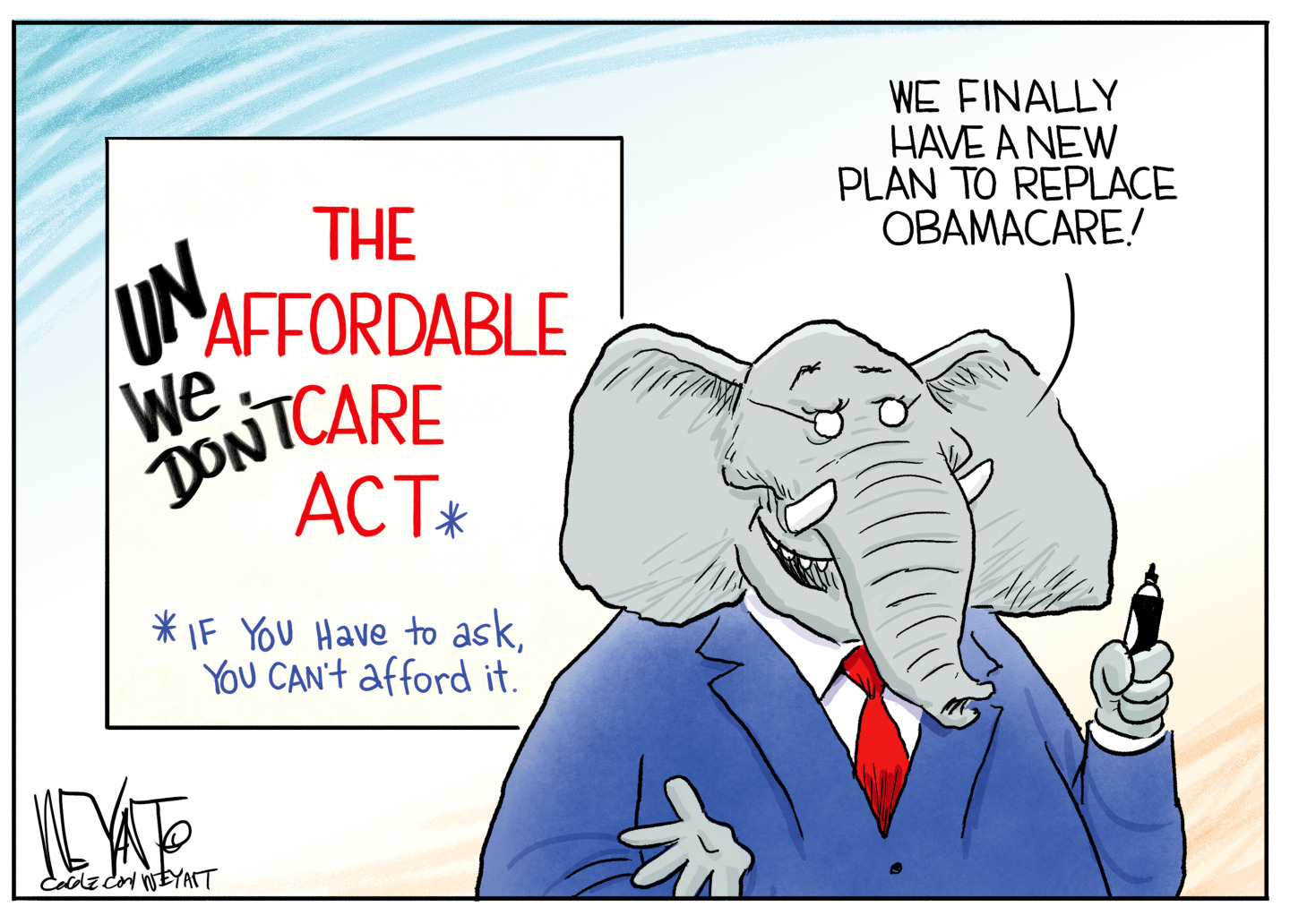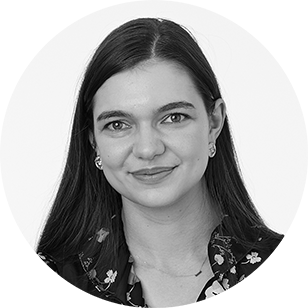A tribute to the pushmi-pullyu
The best part of the Dr. Dolittle universe


When I was little, I dreamed of being Dr. Dolittle so I could talk to animals. I envied the doctor for something beyond even that, though: I, too, wanted a pet pushmi-pullyu.
I've been tipped off, however, that the pushmi-pullyu (pronounced "push-me-pull-you") is not in the new adaptation, Dolittle, out Friday — and I have serious doubts about the value of a remake that would exclude the two-headed cryptid, one of the few elements still capable of delighting from a source material that hasn't stood the test of time.

A product of the imagination of children's author Hugh Lofting, the pushmi-pullyu is described as the "rarest animal of all," a descendant of Abyssinian gazelles, Asiatic chamois, and the last of the unicorns. Wrote Lofting in The Story of Doctor Dolittle in 1920:
The Week
Escape your echo chamber. Get the facts behind the news, plus analysis from multiple perspectives.

Sign up for The Week's Free Newsletters
From our morning news briefing to a weekly Good News Newsletter, get the best of The Week delivered directly to your inbox.
From our morning news briefing to a weekly Good News Newsletter, get the best of The Week delivered directly to your inbox.
They had no tail, but a head at each end, and sharp horns on each head. They were very shy and terribly hard to catch. The black men get most of their animals by sneaking up behind them while they are not looking. But you could not do this with the pushmi–pullyu — because no matter which way you came towards him, he was always facing you. [The Story of Doctor Dolittle]
In the books, the pushmi–pullyu is coerced by a band of monkeys into joining Dr. Doolittle's circus "just [to] be looked at," and to help recuperate the doctor's losses after he's chartered a boat to Africa. Over the years, various adaptations have put their own spin on the pushmi–pullyu's appearance, including the 1967 musical by Richard Fleischer, which made the creature look like an adorable dancing llama sans Lofting's "sharp horns." It — they? — also got a cameo in the rather terrible 1998 adaptation starring Eddie Murphy.
But aside from a random appearance on Antiques Roadshow and a few $800 gold necklaces for sale on Etsy, the pushmi-pullyu today has mostly been forgotten. If it is referenced at all anymore, it's as shorthand for a contradiction — "pushmi-pullyu politics" — or a label for the mildly amusing optical illusion of two animals standing side-by-side (The Daily Mail once dedicated an entire article to such a picture; The Associated Press likewise has a "pushmi-pullyu" oryx photo on file, for who knows what reason).
But despite the pushmi–pullyu's twee appearance, the original Doctor Dolittle was nothing of the sort. In a 1968 bulletin, New York librarian Isabelle Suhl described Lofting as "a white racist and chauvinist, guilty of almost every prejudice known to modern white Western man." His books were riddled with "gratuitous racial epithets," adds The New York Times, and The Story of Doctor Doolittle even included a "discomforting scene in which Dr. Dolittle reluctantly agrees to transform Prince Bumpo into a white prince so that the Sleeping Beauty, his favorite fairy-tale character, will agree to marry him." While Lofting's The Voyages of Doctor Dolittle questionably won the 1923 Newbery Medal for best work of children's literature, contemporary publishers have since bowdlerized the original texts to better suit modern times.
Cinematic adaptations of Dolittle have likewise failed to grapple with the story's racist and colonialist history. Alarming stories even emerged on the set of the 1967 film, where actor Rex Harrison, who played Dolittle, reportedly verbally abused his Jewish and black costars. By 1998, Murphy's Dr. Dolittle adaptation perhaps wisely opted to break with its source material almost entirely, aside from the title character's ability to speak to animals — well, and the cameo of the pushmi–pullyu.
A free daily email with the biggest news stories of the day – and the best features from TheWeek.com
Because, if there is anything worth revisiting in the Dolittle story today, it's maybe that alone: its fanciful characters. Even Dolittle's parrot, Polynesia, had originally been a bigot when her squawks were translated into human English. It's instead the creatures like the mythical great glass sea snail and the two-headed pushmi–pullyu that feel like the parts of the story still worth championing, along with its anti-war and pro-animal themes. Some productions have even managed to do this rather cleverly: a recent stage adaptation in Maryland depicted the pushmi–pullyu as "two soldiers with gas masks and crutches, moving in tandem," a reference to Dolittle having been invented by Lofting in the trenches of World War I in letters to his children.
2020's Dolittle will undoubtedly offer viewers the splendor of expensive, talking CGI animals and a fire-breathing dragon. But it loses something without the inclusion of a pushmi–pullyu — that great, if gastrointestinally baffling, invention of its deeply-flawed author. One hundred years on, it is the pushmi–pullyu that remains worth celebrating, even when its creator isn't.
Want more essential commentary and analysis like this delivered straight to your inbox? Sign up for The Week's "Today's best articles" newsletter here.
Jeva Lange was the executive editor at TheWeek.com. She formerly served as The Week's deputy editor and culture critic. She is also a contributor to Screen Slate, and her writing has appeared in The New York Daily News, The Awl, Vice, and Gothamist, among other publications. Jeva lives in New York City. Follow her on Twitter.
-
 Political cartoons for December 17
Political cartoons for December 17Cartoons Wednesday's political cartoons include healthcare costs, the affordability hoax, giving up pencils, and more
-
 Trump vs. BBC: what’s at stake?
Trump vs. BBC: what’s at stake?The Explainer The US president has filed a $10 billion lawsuit over the editing of Panorama documentary, with the broadcaster vowing to defend itself
-
 Animal Farm: has Andy Serkis made a pig’s ear of Orwell?
Animal Farm: has Andy Serkis made a pig’s ear of Orwell?Talking Point Animated adaptation of classic dystopian novella is light on political allegory and heavy on lowbrow gags
